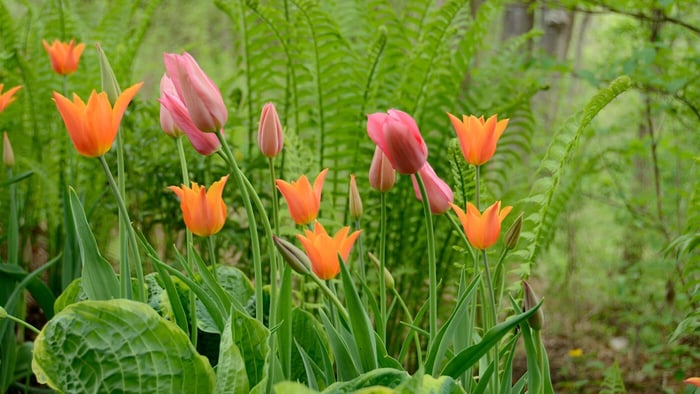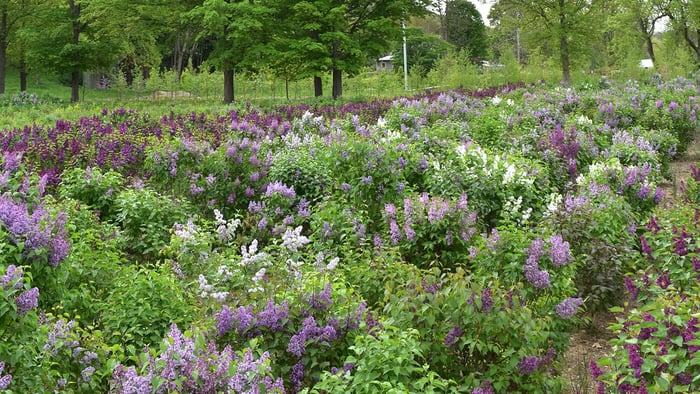
Butterfly Gardens: Planting the Big Picture
Many homeowners visit the nursery requesting plants that will attract butterflies. What they actually desire are plants with beautiful flowers that butterflies will gravitate to for their abundant nectar. The choices are many and the gardeners at Horsford’s can select a plant suitable for just about any location. But if you want butterflies to return year after year you need to provide more than pretty flowers. A true butterfly garden needs to have both host plants and nectar plants. Learn about butterfly gardens: planting the big picture.
The life of a butterfly is very short. It spends most of its time looking for a mate, looking for a host plant on which to lay its eggs, and drinking nectar. The host plant is the food for the butterfly’s larvae. Larvae must hatch on that particular plant because they do not wander looking for food. Some butterflies have a variety of plants that are suitable caterpillar sustenance, while others are limited. Most people focus only on flowering plants for the nectar. A good example would be the popular Buddleia plant (Butterfly Bush). Buddleia is native to central China and Japan. In the late 1800’s plant explorers/collectors introduced it to Europe and then America. Mid summer it is covered with gorgeous flowers to which monarchs flock offering great photo opportunities. However, not a single butterfly will use it as a host plant.

It will take a little planning and research but anyone can plant a garden that will have butterflies visiting year after year. The easiest way to start is to install plants that serve the dual purpose of host and nectar. All of the milkweeds (Asclepias) are ideal plants. There is the orange and yellow butterfly weed (Asclepias tuberosa) and the swamp milkweed (Asclepias incarnata). This collection will fill the garden with flowers from June through September and they are host plants for at least a dozen species of butterflies, the most famous being the Monarch.
Common milkweed (Asclepias syriaca) is a well-known host plant but spreads aggressively by its root system. We recommend to avoid planting this in a garden and letting it grow in a meadow or location that can be contained by mowing.

Below is a list of other excellent choices for a Vermont gardener wishing to entice butterflies to their gardens year after year. Both native and non-native species can be planted in a butterfly garden, always avoid invasive species. If you're sticking to native plants, keep in mind that you should try to choose the original or true native of the species. For instance, the native Coneflower is Echinacea purpurea. When you are choosing a plant for both a host and nectar, butterflies prefer this over the newer hybrids.
- Black-eyed Susan (Rudbeckia varieties)
- Buttonbush (Cephalanthus occidentalis) - this performs well in wet sites
- Joe Pye Weed (Eupatorium varieties)
- Native Willows (Salix)
- Tulip Trees (Liriodendron tulipifera)
- Black Cherry trees (Prunus) - many people are quick to cut down Black Cherry trees as ‘weed trees’. Think before you pull out that chainsaw, as the black cherry sustains over 400 moths and butterflies species!
- Violets (Viola)
- Oak (Quercus)
- Spicebush (Lindera benzoin)
Further suggested reading: Bringing Nature Home by Douglas Tallamy
 |
 |
 |
| Cephalanthus occidentalis (Buttonbush) | Eupatorium (Joe-Pye Weed) | Lindera benzoin (Spicebush) |
 |
 |
 |
| Quercus (Oak) | Rudbeckia (Black-eyed Susan) | Salix (native willows) |



